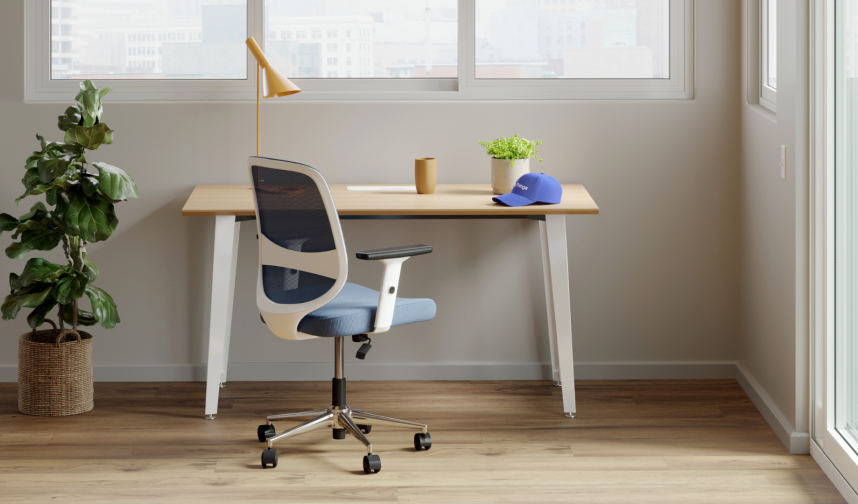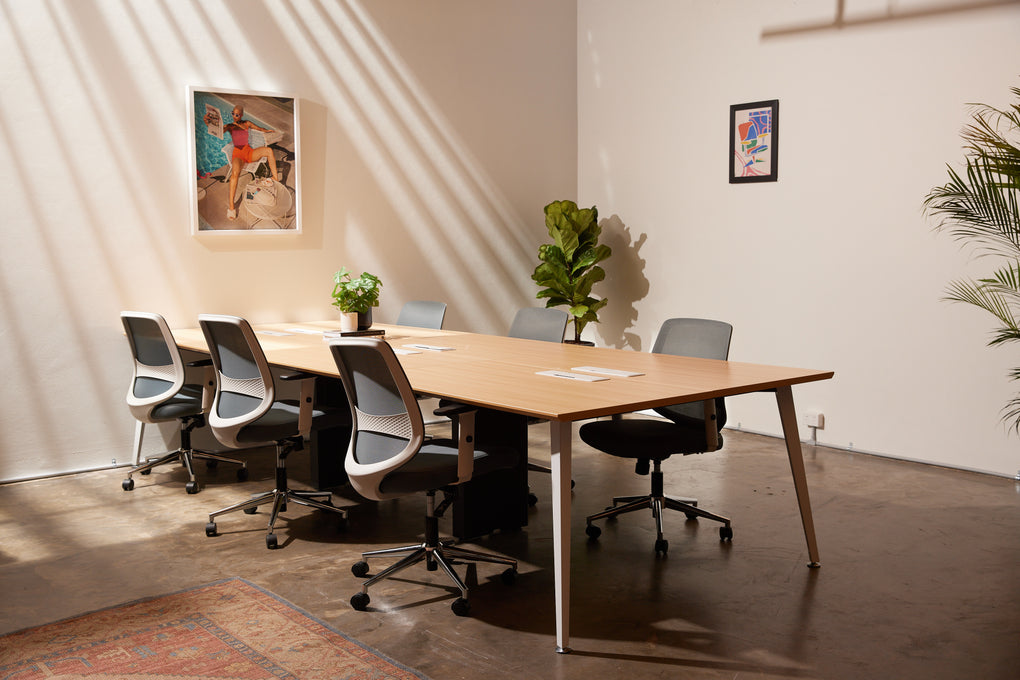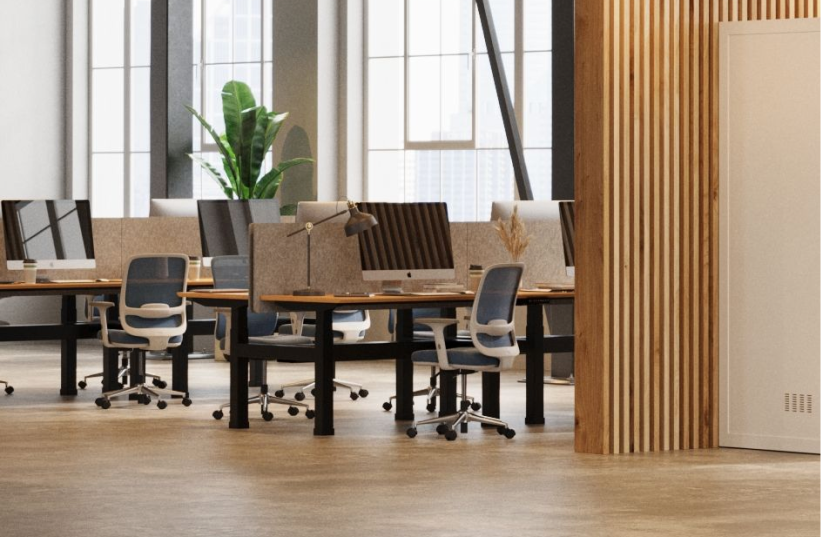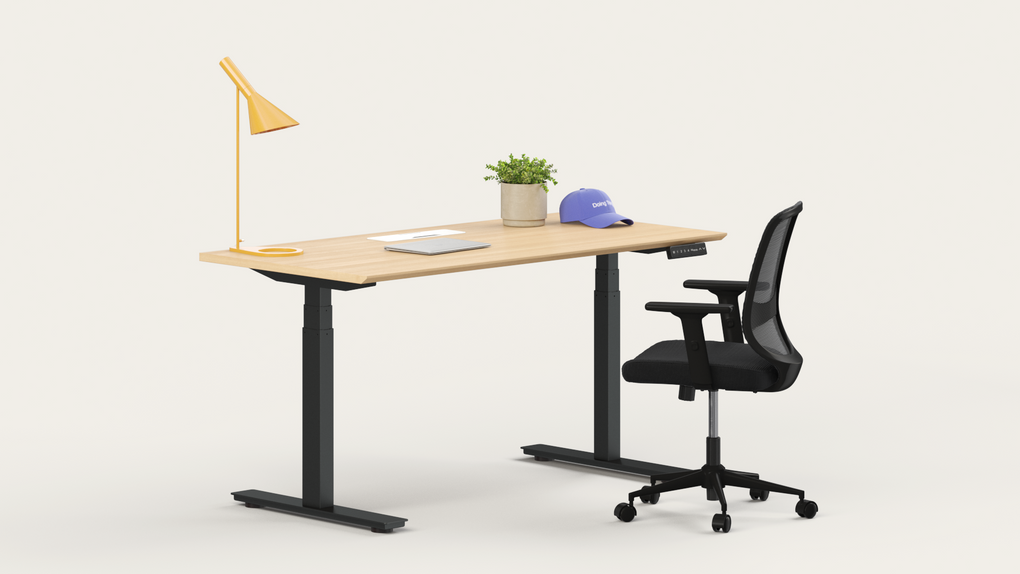How to navigate the return to office post-lockdown

After months of tracksuits and working from dining room tables, the end is finally in sight (and for some, has already arrived).
As Sydney and Melbourne emerge from another round of extended lockdowns, the inevitable rush to the pubs and parks is quickly followed by the question: when are we expected to return to the office?
For each business, the transition out of lockdown will look completely different. Some companies are happy to keep teams entirely remote while others might be pushing hard for a return to the traditional 9 to 5.
If you’re feeling cautious or confused about what’s ahead, you’re not alone. So, we’ve rounded up a guide to what to expect as we emerge from lockdown and how employers and employees can navigate the transition.
Aussie businesses are looking overseas for inspiration
Many startups across Oz are looking to the US and UK for ideas on how to navigate the office return.
Take this example: Salesforce is using the same strategy used by their US offices in Australia to map out their return. Their approach focuses on giving teams the option to return (or not) in a staggered way, and is restricting office use to fully vaccinated staff only.
But not all overseas examples have been so flexible. The AFR recently reported that tech giant Amazon has reversed its global “return to work” orders after massive pushback from staff. Plus, they noted that Google has warned they’re considering pay cuts for anyone refusing to work from their offices.
Ultimately, a key part of getting back to the office is high vaccination rates and even the use of rapid antigen testing to help everyone feel more comfortable about being in close quarters again.
What to expect from office spaces
So, are we really going to be flocking back to high-rise office towers in the CBD? Not exactly.
Recent surveys have shown many SMEs are downsizing their office spaces. And it’s not just floor space that’s shrinking: real estate firm JLL expects offices will reduce the number of individual desks and workspaces, too.
Instead, office design is likely to prioritise collaborative workspaces. That means less cubicles and more open plan benches, breakout spaces and casual meeting areas.
Now, more than ever, office design will also need to factor in spaces for deep, individual work too. With so much collaboration and teamwork going on, having a quiet spot to get into the zone is what will keep team members coming in (even when they’ve got a big deadline to hit).
Working from home will evolve into hybrid working
After over 18 months working (on and off) remotely, we’ve all realised the traditional 9 to 5 is a thing of the past. But just because we’ve discovered the benefits of working from home doesn’t mean the office is dead, either.
The hybrid model of work is already dominating, with tech leaders such as Canva and Atlassian committing to flexible work arrangements for the long term.
Some reports have suggested that many of us will continue working three to five days a week from home after the pandemic is over.
But, nothing will be able to replicate the value of in-person work, either. That’s what makes the hybrid model such a winner: it gives employees the flexibility to come into the office to brainstorm for that big pitch or presentation and work from home when they need to.
Tips for employers navigating the return-to-work phase
Clearly, returning to the office isn’t a one-size-fits-all approach. As a business owner, your teams are looking to you for clarity about what’s expected of them in the months ahead.
It can feel like a daunting prospect. So, here are three things to keep in mind when mapping out your return to work plan:
- Survey your team and find out what your employees want: don’t come in with assumptions about where your team wants to work. By running a company-wide survey and asking for their preferences about flexible and remote working, you can get a general consensus of what your employees want. While you can't please everyone, this feedback process is key to keeping your team involved in the return to work process.
- Stay up to date with restrictions and stay at home orders: obviously the rules around stay at home orders are constantly in flux. So, it’s important to keep on top of any new restrictions that come in and have plans in place to adapt (because let’s face it, we never know what’s around the corner).
- Be flexible and willing to adapt: businesses that are willing to listen to their teams and allow their employees to work wherever works best for them are the ones that will retain the best talent. So, be willing to trust your team and offer flexible arrangements that suit a range of working styles.
Ultimately, there’s no perfect rulebook for navigating the return to the office. All of us are figuring it out, and what works for your business might look completely different to what works for someone else. The best thing employers and employees can do is this: be flexible, willing to adapt and openly communicate what works (and doesn’t work) for you.







